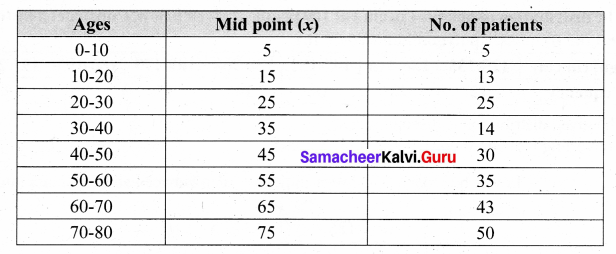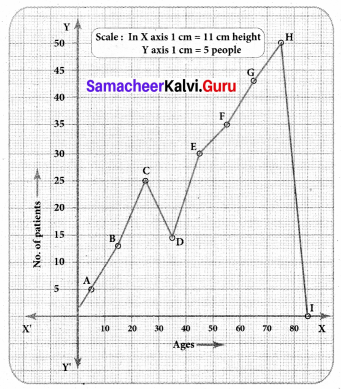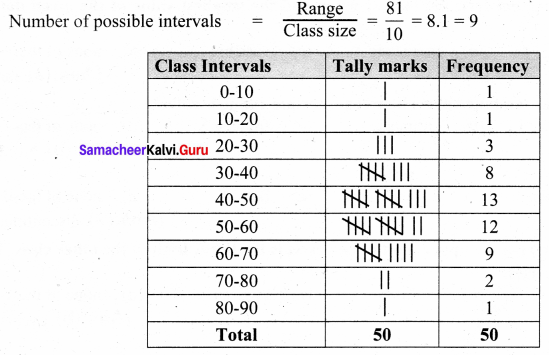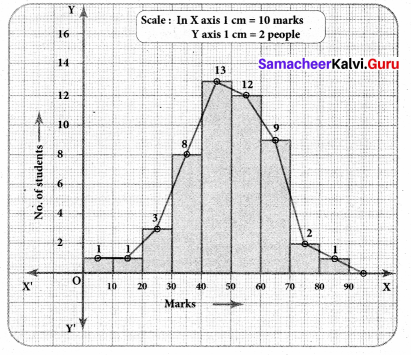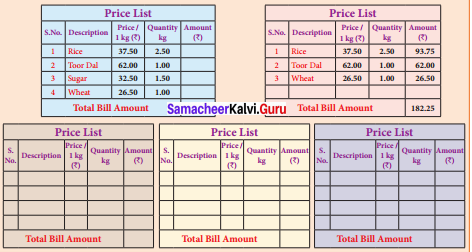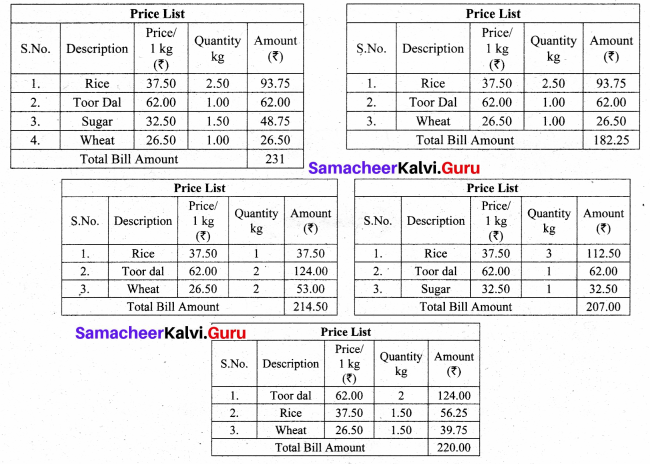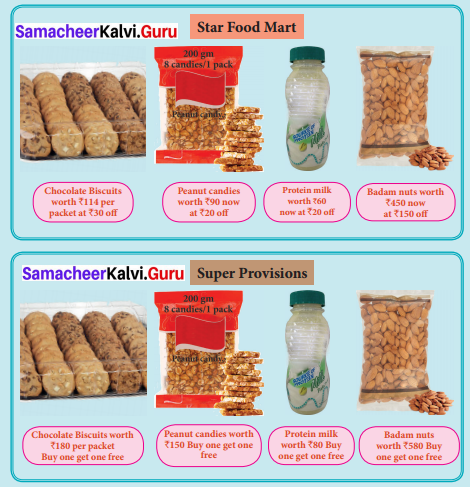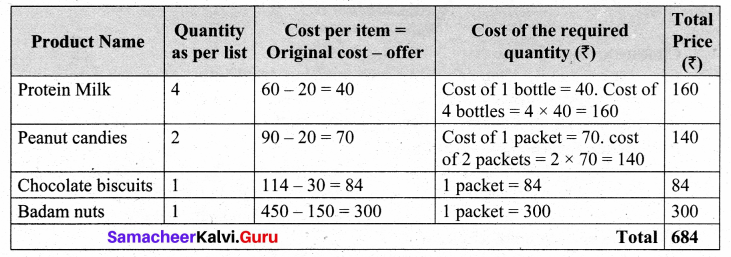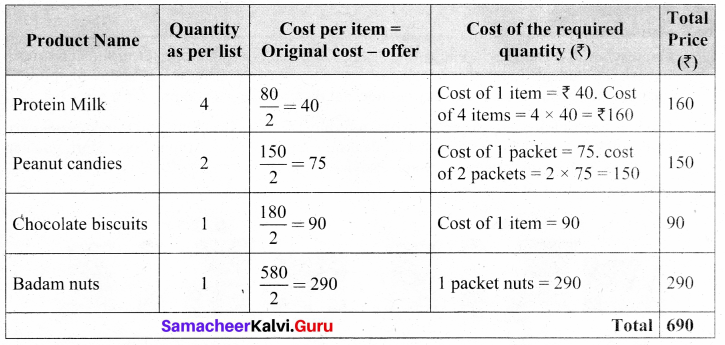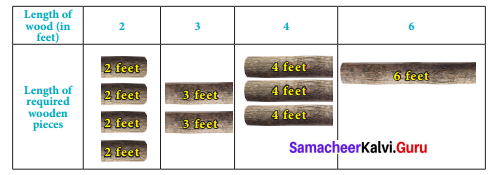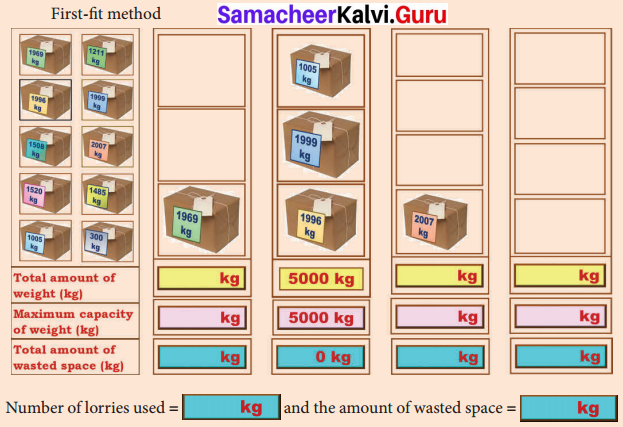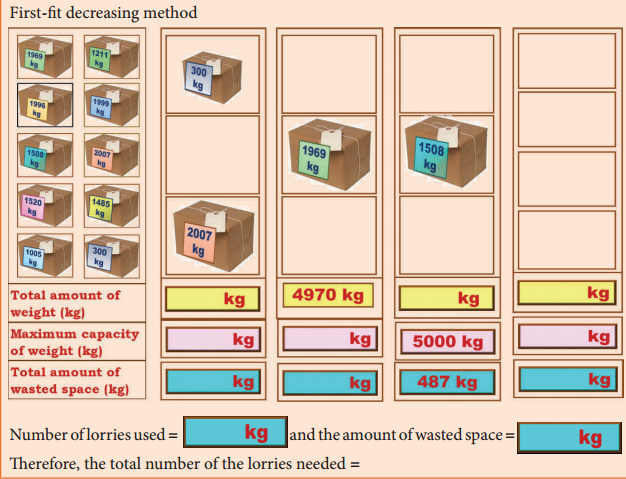Students can Download Social Science Civics Term 3 Chapter 2 The Judiciary Questions and Answers, Notes Pdf, Samacheer Kalvi 8th Social Science Book Solutions Guide Pdf helps you to revise the complete Tamilnadu State Board New Syllabus and score more marks in your examinations.
Tamilnadu Samacheer Kalvi 8th Social Science Civics Solutions Term 3 Chapter 2 The Judiciary
Samacheer Kalvi 8th Social Science Civics The Judiciary Textual Evaluation
![]()
I. Choose the best answer:
Question 1.
The highest and final judicial tribunal of India is-
(a) President
(b) Parliament
(c) Supreme Court
(d) Prime Minister
Answer:
(c) Supreme Court
Question 2.
Judicial system provides a mechanism for resolving disputes between-
(a) Citizen
(b) Citizen and the government
(c) Two State governments
(d) all the above
Answer:
(d) all the above
Question 3.
Dispute between States of India comes to the Supreme Court under-
(a) Original jurisdiction
(b) Appellate jurisdiction
(c) Advisory jurisdiction
(d) none of these
Answer:
(a) Original jurisdiction
![]()
Question 4.
Which of the following state/ Union territories have a common High Court?
(a) Punjab and Jammu Kashmir
(b) Assam and Bengal
(c) Panjab, Haryana and Chandigarh
(d) Uttar Pradesh and Bihar
Answer:
(c) Panjab, Haryana and Chandigarh
Question 5.
The System of Public Interest Litigation has been introduced in India by-
(a) Supreme Court
(b) Parliament
(c) Political parties
(d) Constitutional amendments
Answer:
(a) Supreme Court
![]()
Question 6.
How many courts are there in apex level in India?
(a) One
(b) Two
(c) Three
(d) Four
Ans:
(a) One
Question 7.
Supreme court is located at-
(a) Chandigarh
(b) Bombay
(c) Calcutta
(d) New Delhi
Answer:
(d) New Delhi
Question 8.
FIR means-
(a) First Information Report
(b) First information Result
(c) First Incident Report
(d) None of these
Answer:
(a) First Information Report
Question 9.
The court that hear criminal cases are called-
(a) District court
(b) Sessions court
(c) Family court
(d) Revenue court
Answer:
(b) Sessions court
![]()
II. Fill in the Blanks:
- The ________High Court is the oldest High Court in India.
- The framers of the Constitution established ________and _______ judiciary in India.
- _______ a famous French philosopher propounded the idea of an independent judiciary.
- ________ deals with disputes over money, property and social matters.
- During ancient times, most of the Kings’ courts dispensed justice according to _______
Answer:
- Calcutta
- independent, impartial
- Montesquieu
- Civil Law
- Dharmal
III. Match the following:
- Supreme Court – social duties
- High Court – speedy justice
- Lok Adalat – highest court of appeal
- Sir Elijah Impey – highest court in the States
- Smiritis – chief justice
Answer:
- Supreme Court – highest court of appeal
- High Court – highest court in the States
- Lok Adalat – speedy justice
- Sir Elijah Impey – chief justice
- Smiritis – social duties
![]()
IV. State True or False:
- The Supreme Court of India was inaugurated on 28th January 1951.
- During the Tughlaq period, the code of procedure was written in Arabic.
- The Regulating Act of 1773 made provision for the formation of Supreme Court.
- Sadar Diwani Adalat was a Criminal court of appeal.
- The Allahabad High Court is the largest court in India.
- The Constitution of India secures justice to all its citizen.
Answer:
- False
- True
- True
- False
- True
- True
V. Choose the correct statement:
Question 1.
Consider the following statements.
(i) A law commission was setup by Macaulay.
(ii) It codified the Indian Laws.
Which of the statements given above is / are correct?
(a) (i) only
(b) (ii) only
(c) Both (i) and (ii)
(d) Neither (i) nor (ii)
Answer:
(c) Both (i) and (ii)
![]()
Question 2.
Consider the following statements.
(i) An Indian Penal Code was prepared in 1860.
(ii) The Calcutta High Court was established in 1862.
(iii) The Government of India Act, 1935 created Federal Court.
Which of the statements given above is/are correct?
(a) (i) only
(b) (ii), (iii) only
(c) (i),(iii) only
(d) All the above
Answer:
(d) All the above
Question 3.
Which of the following statement is not true about India’s Supreme Court?
(i) The Supreme Court of India is the highest court of the land.
(ii) It was established by part V under Chapter IV of Indian Constitution.
(iii) Supreme court cannot transfer cases from one High court to another
(iv) Its decisions are binding on all courts
(a) (i)
(b) (ii)
(c) (iii)
(d) (iv)
Answer:
(c) iii
![]()
Question 4.
Assertion (A): The Supreme Court is a Court of Record.
Reason (R): It maintains records of the court proceedings and its decisions are finding upon the lower courts.
(a) A is correct and R is wrong.
(b) Both A and R are Wrong
(c) A is correct and R explains A
(d) A is correct and R does not explain A
Answer:
(c) A is correct and R explains A
Question 5.
Agree or disagree
(a) Every citizen of India can approach the Supreme court.
(b) Rich and powerful people control the judiciary system.
(c) Every citizen has a right to get justice through the courts.
(d) Politicians can not control over judges
Answer:
We agree with a, c, and d. Disagree with b
![]()
VI. Answer the following in one or two sentences:
Question 1.
Why do we need judicial system?
Answer:
- Judiciary plays an important role as an organ of the government.
- It administers justice, settles disputes, interprets laws, protects fundamental rights and acts as guardian of the Constitution.
- So we need a judiciary to be efficient in order to ensure proper justice.
Question 2.
What are the different levels of courts in India?
Answer:
The different levels of courts in India are
- Subordinate Courts.
- District Courts.
- High Court and
- Supreme Court
Question 3.
Differentiate Law and Judiciary.
Answer:
Law:
It is a system of rules imposed through a government or institution to govern people.
Judiciary:
In law, the Judiciary or Judicial system is the system of courts which administers Justice in the name of the State.
Question 4.
Write a note on Lok Adalat.
Answer:
- Lok Adalat was set up to provide speedy justice.
- It hears and settles the disputes in the language of the people in the public presence.
- A Lok Adalat is presided over by a retired judge along with a lawyer and a social worker.
- Cases are put forward without advocates.
- The first Lok Adalat was held on 1982 at Junagadh of Gujarat.
![]()
Question 5.
What are the advantages of mobile courts?
Answer:
- Mobile courts will be of great relief to the rural people.
- It would create greater awareness about the judicial system among the rural masses, cut costs for them and render justice at their doorstep.
VII. Answer the following in detail:
Question 1.
Write about the role of judiciary.
Answer:
Role of Judiciaiy can be classified as,
1. Dispute Resolution:
Role of Judiciary can be classified as, The Judicial system provides a mechanism for resolving disputes between Citizen, Citizens and the government, Two State governments,the Centre and the State governments
2. Judicial Review:
The Judicial has the power to declare a law unconstitutional if it believes that the law passed by the Parliament is violating the basic structure of the Constitution.
3. Upholding the Law and Enforcing Fundamental Rights:
Every citizen of India can approach the Supreme Court or High Court if they believe that their fundamental rights have been violated
![]()
Question 2.
Differentiate Civil Law and Criminal Law.
Answer:
Civil Law:
- It deals with disputes over money property and social matters.
Eg. Disputes relating to land, rent, marriage dispute etc., - A petition has to be filed before the relevant court by the affected parties.
- Sentences awarded in the form of money remuneration and as per the petitioner’s claim.
Criminal Law:
- It deals with conducts or acts that the law defines as offences.
Eg. Theft, murder, women harassment etc., - It usually begins with lodging of an FIR (First Information Report) with police investigation after which a case is filed in the court.
- Punishment is awarded if proven guilty, the accused is sent to jail.
![]()
Question 3.
Descrbe jurisdiction of Suppreme Court.
Answer:
1. Jurisdiction of Supreme Court:
- The Supreme Court can hear dispute for the first time in that court only.
- It is mainly concerned disputes between the Union and one or more states and between two or more states.
2. Appellate Jurisdiction:
It can hear appeals against the decisions made by the High Court on the granting of certificate by the High Court.
3. Advisory Jurisdiction: The Court can report to the President its opinion about a question of the public importance referred to it by the President.
4. Writs Jurisdiction:
The Writs are issued by the Supreme Court under Article 32 and by the High Courts under Article 226 of the Constitution of India.
5. Court of Record:
it maintains records of the court proceedings and its decisions are finding upon the lower courts.
6. Special Powers:
it supervises the functioning of the lower courts.
![]()
VIII. Project and Activity:
Question 1.
Discuss: Is it necessary to have an independent judiciary? List two reasons.
Answer:
Activity to be done by the students themselves
Question 2.
Organize your classroom for a lockup courtroom session. (Take a case with the help of the teacher)
Answer:
Activity to be done by the students themselves
Samacheer Kalvi 8th Social Science Civics The Judiciary Additional Questions
I. Choose the correct answer:
Question 1.
Supreme Court administers ………….
(a) justice
(b) settles disputes
(c) protects fundamental rights
(d) all of the abovel
Answer:
(d) all of the above
![]()
Question 2.
Fatawa – i – Alamgiri written in ………….
(a) 1670
(b) 1680
(c) 1660
(d) 1690
Answer:
(a) 1670
Question 3.
The East India Company established a Mayor’s Court in ………….
(a) Madras
(b) Bombay
(c) Calcutta
(d) All of the above
Answer:
(d) All of the above
Question 4.
Circuit Court was set up at ………….
(a) Calcutta
(b) Patna
(c) Dacca
(d) All of the above
Answer:
(d) All of the above
Question 5.
The cases dealing with land records are dealt with by ………….
(a) Sessions Court
(b) Panchayat Courts
(c) Revenue Courts
(d) LokAdalat
Answer:
(c) Revenue Courts
Question 6.
Fast Track courts were established in the year ………….
(a) 2000
(b) 1950
(c) 2010
(d) 1999
Answer:
(a) 2000Tele Law service is for the people in
![]()
Question 7.
Tele Law service is for the people in ………. areas.
(a) industrial
(b) rural
(c) Urban
(d) Coastal
Answer:
(b) rural
Question 8.
In 2005 these courts were established ………….
(a) Mobile courts
(b) Family Courts
(c) E – courts
(d) None of the above
Answer:
(c) E – courts
II. Fill In the blanks:
- In ancient period Dharmic laws governed not only the individual but also the ………….
- Amongst the Vajjis, there was a board of …………. Kulikas for the investigation of criminalcases.
- A under the British a supreme court was established in 1824 in ………….
- During the period of …………. four circuit courts were abolished.
- The founding fathers of India constitution accorded highest place to ………….
- Montesquieu was a …………. philosopher.
- District courts hear …………. at the district level.
- A Lok Adalat is presided over by a …………. along with a lawyer and a social worker.
- The first Lok Adalat was held on 1982 at …………. of Gujarat.
- The legal services authorities was passed in ………….
- The special power of the Supreme Court is to supervises the functioning of the ………….
- The Chief architect of the Indian constitution is …………..
Answer:
- Society
- eight
- Bombay
- William Bentinck
- Justice
- French
- civil cases
- retired judge
- Junagadh
- 1987
- lower courts
- Dr. B.R. Ambedkar
![]()
III. Match the following:
- Ancient India – (a) Murshidabad
- Fort William – (b) Law Commission
- Circuit Court – (c) Weaker Sections
- Macaulay – (d) Smiritis
- NALSA – (e) Calcutta
Answer:
- d
- e
- a
- b
- c
![]()
IV. State True or False:
- Appeal proceeded from Gana Courts to Kula Courts
- A supreme Court was established in Madras in 1801
- Lord Cornwallis reorganised the civil and criminal judicial system.
- Supreme Court can not transfer judges of High Courts.
- The highest court of India is located in New Delhi.
- An effective judiciary should be independent as well as accountable.
Answer:
- False
- True
- True
- False
- True
- True
![]()
V. Choose the correct Statement:
Question 1.
Consider the following Statements:
(i) A Supreme court was established for the first time at Fort Williams in Calcutta.
(ii) Sir Elijah Imphey was appointed its Chief Justice.
Which of the Statement/s given above is / are correct
(a) (i) only
(b) (ii) only
(c) Both (i) and (ii)
(d) Neither (i) nor (ii)
Answer:
(c) Both (i) and (ii)
Question 2.
Consider the following Statements:
(i) Family Courts specifically handle family law matters.
(ii) Mobile courts will be of great relief to the rural people.
(iii) The E-Court project was established in 2000 Which of the Statements given above is / are correct
(a) (i) only
(b) (i) and (ii) only
(c) (i) and (iii) only
(d) (iii) only
Answer:
(b) (i) and (ii) only
![]()
Question 3.
Which of the following statements is not true about different levels of courts in our country.
(i) Subordinate courts consider cases of civil and criminal nature.
(ii) District Courts can issue writs for restoring fundamental rights.
(iii) Supreme Court can transfer judges of High Court.
(iv) High Court can deal with cases within the jurisdiction of the state.
(a) (i)
(b) (ii)
(c) (iii)
(d) (iv)
Answer:
(b) (ii)
Question 4.
Assertion (A): Judiciary plays an important role as an organ of the government.
Reason (R): It administer justice, settles disputes, interprets laws protects fundamental rights.
(a) A is correct and R is wrong
(b) Both A and R are Wrong
(c) A is correct and R explains A
(d) A is correct and R does not explain A
Answer:
(c) A is correct and R explains A
![]()
VI. Answer the following in one or two sentences:
Question 1.
Who was Montesquieu?
Answer:
- Montesquieu was the first political philosopher, who propounded the idea of an independent judiciary
- He was famous French philosopher.
- He believed in the theory of separation of powers of the three branches of the Government – Legislature, Executive and Judiciary.
Question 2.
What are Fast Track Court?
Answer:
Fast Track courts:
These courts were established in the year 2000 with an aim to clear the long pending Sessions and other lower judicial cases.
![]()
Question 3.
Explain the term Tele Law Initiative.
Answer:
- To provide legal aid and service to the people in rural areas, the Tele Law Initiative was launched by the Ministry of Law and Justice in collaboration with the Ministry of Electronics and Information Technology.
- People can seek legal advice from the lawyers through video conferencing available at the common service centre on the ‘Tele Law’ Portal.
Question 4.
Mention the role of Family Court.
Answer:
- Family courts specifically handle family law matters.
- They are civil courts and are utilised for various family related claims such as Child custody, Divorce, Adoption, Juvenile issues etc.,
Quetion 5.
State the importance of E- Courts?
Answer:
- The E-Courts project was established in 2005.
- According to the project all the courts will get computerised.
- Judicial service centre is the part of e-court.
- The public as well as the advocates can ask directly the case status and next hearing dates free of cost.
Question 6.
What is NALSA?
Answer:
- The National Legal Service Authority has been constituted under the Legal Services Authorities Act, 1987 to provide free Legal Services to the weaker sections of the society.
- It also organise Lok Adalats for amicable settlement of disputes.
![]()
Question 7.
Explain the term PIL.
Answer:
- Public Interest Litigation (PIL):
PIL is a litigation filed in a court of law for the protection of public interest. - The Supreme court introduced this šystem which allows a person to approach the court with his case.
- PIL can be filed for the following reasons such as violation of basic human rights, religious rights, pollution, and road safety.
- This could be done by a written letter stating the case. This concept is unique to the Indian Judiciary.
VII. Answer the following in detail:
Question 1.
Narrate the evolution of Indian Judiciary.
Answer:
1. Judiciary during ancient period:
During ancient times, the concept of justice was linked with religion. The king was regarded as the fountain head of Justice. Most of the Kings’ courts dispensed justice according to ‘dharma’, (righteousness and duty) a set of conventional laws, Dharmic laws governed not only the individual but also the society.
2. Judiciary during Medieval period:
The Tughlaq period saw the compilation of the code of civil procedure. It was called Fiqha-e-Feroze Shahi. The code prescribed details of the procedure and the law in several matters. It was written in Arabic and was translated into Persian.
3. Judiciary during Modern period:
(i) The Indian judicial system and laws we have today was formed by the British during the colonial rule in the country. The beginning of Indian codified common law is traced back to 1727 (Under the Charter of 1 726) when the Mayor ‘s court in Madras, Bombay and Calcutta were established by the East India Company.
(ii) Lord Cornwallis reorganised the civil and criminal judicial system. During tile period of William Bentinck four Circuit courts were abolished.
(iii) The Government of’ India Act 1935 created Federal Court.
Question 2.
Explain the Structure of Courts in India.
Answer:
There are three different levels of courts in our country.
1. Supreme Court of India:
- Its decisions are binding on all courts.
- Can transfer judges 6f High Courts.
- Can move cases from any courts to itself.
- Can transfer cases from one High Court to another.
2. High Court:
- Can hear appeals from lower courts.
- Can issue writs for restoring Fundamental Rights.
- Can deal with cases within the jurisdiction of the State.
- Exercises superintendence and control over courts below it.
3. District Court:
- Deals with cases arising in the District.
- Considers appeals on decisions given by lower courts.
- Decides cases involving serious criminal offences.
4. Subordinate Courts:
- Consider cases of civil and criminal nature.
![]()
Question 3.
Write a note on
- District Court
- Sessions Court
- The Panchayat Courts
- The Revenue Courts.
Answer:
- District Courts – The Courts that hear civil cases at the district level are called District Courts.
- Sessions Court – The Courts that hear criminal cases are called the Sessions Court.
- The Panchayat Courts – The Panchayat Courts deal with Civil and Criminal cases at- the village level.
- The Revenue courts – The Revenue courts deal with the cases of land records. It also assesses and collects land revenue from the land holders.
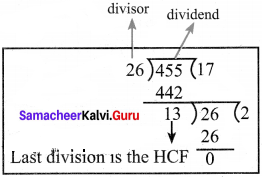
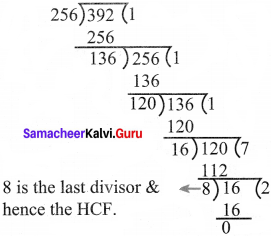
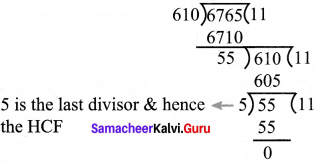
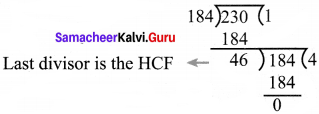

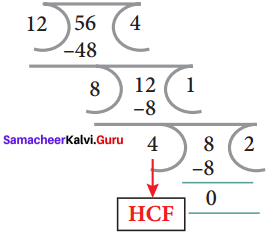
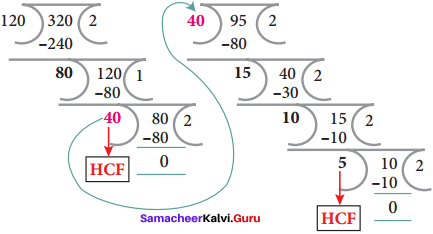
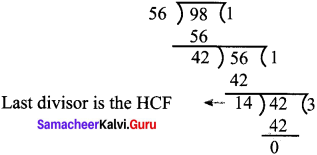
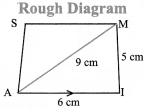
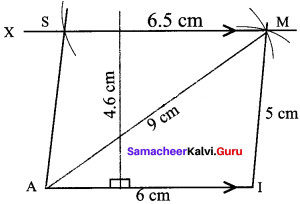
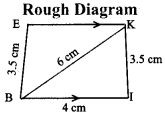
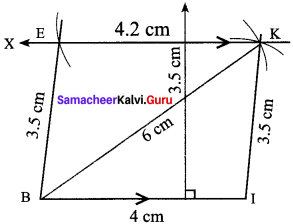
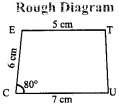
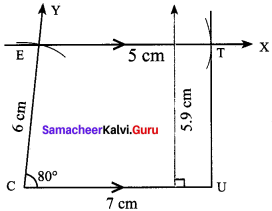
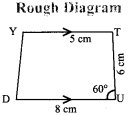
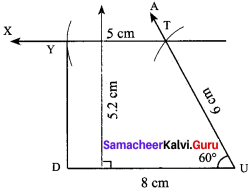
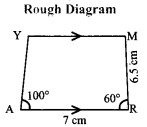
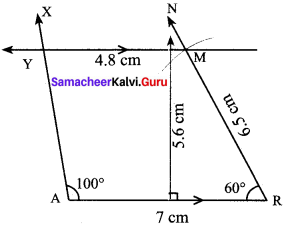
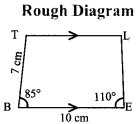
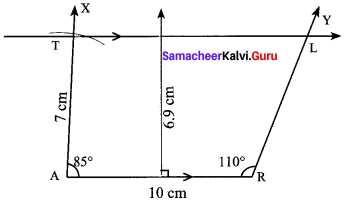

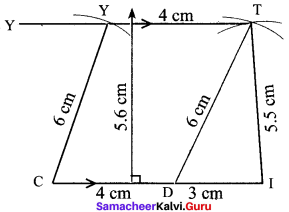
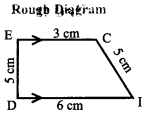
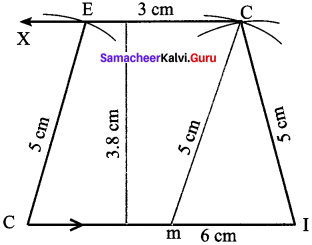






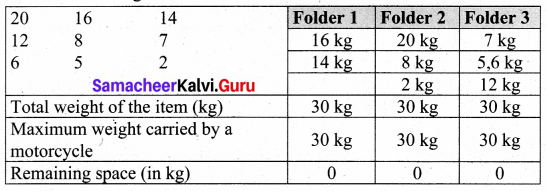


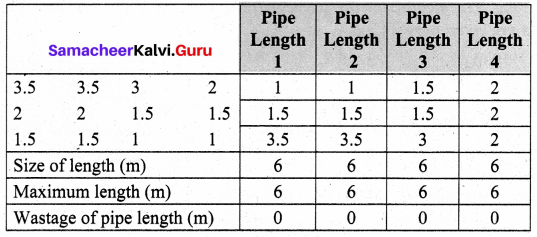




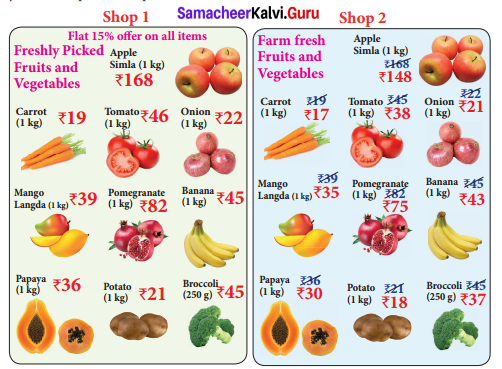
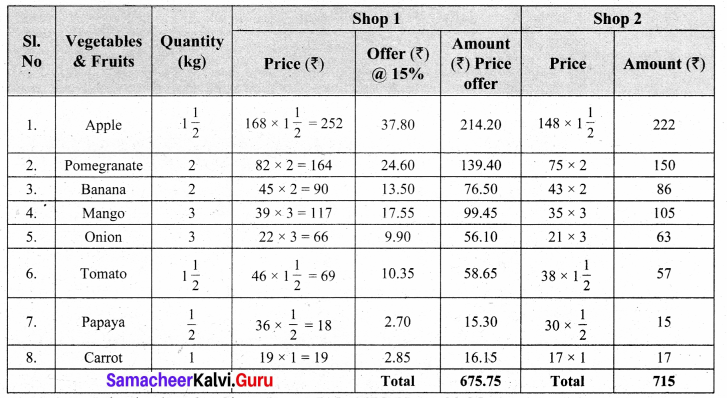


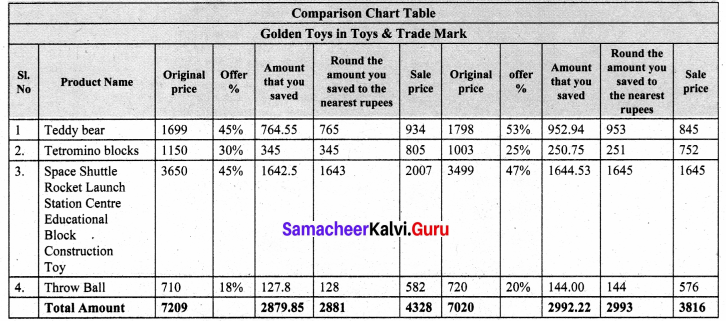

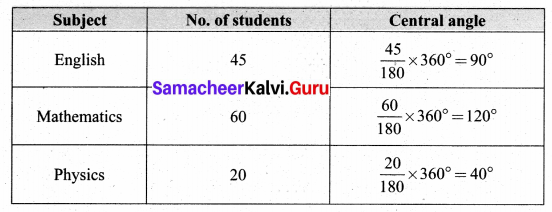
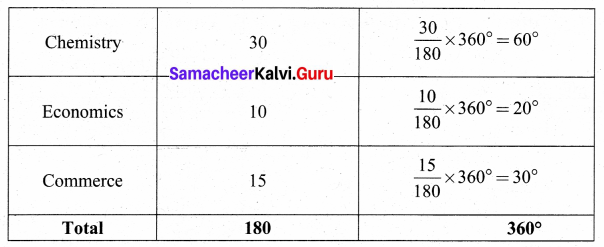
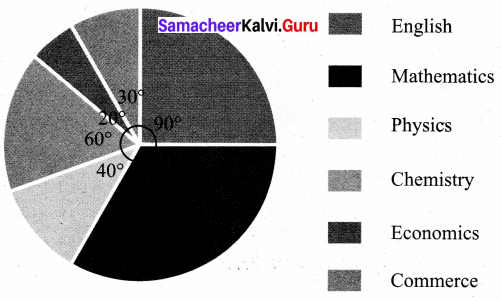
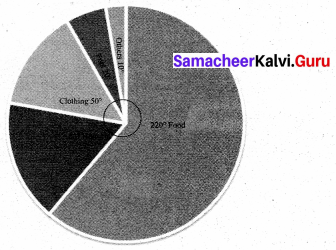

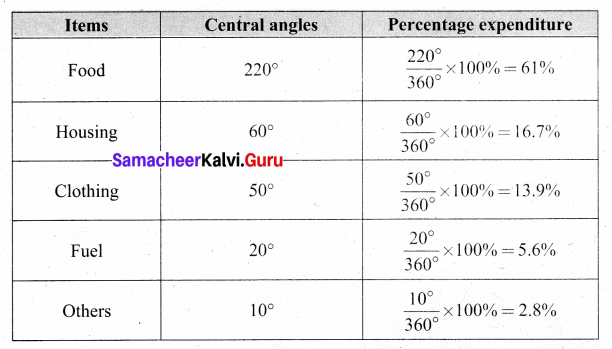

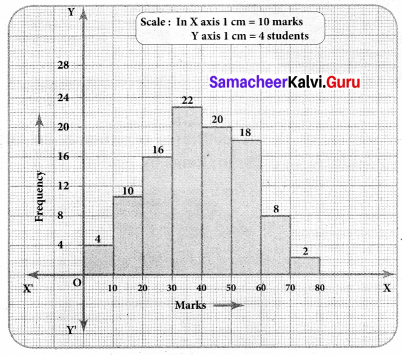

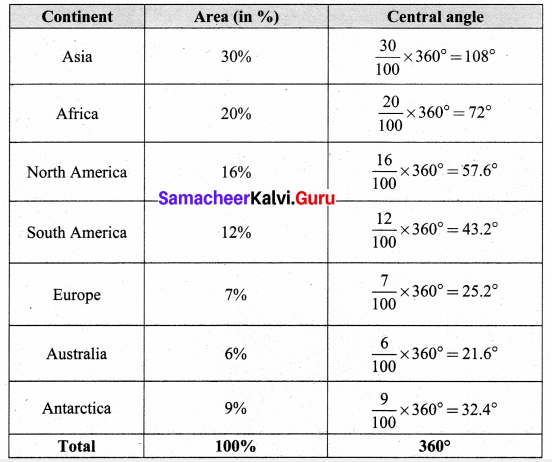
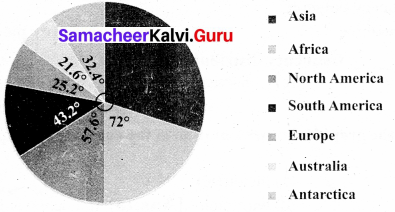

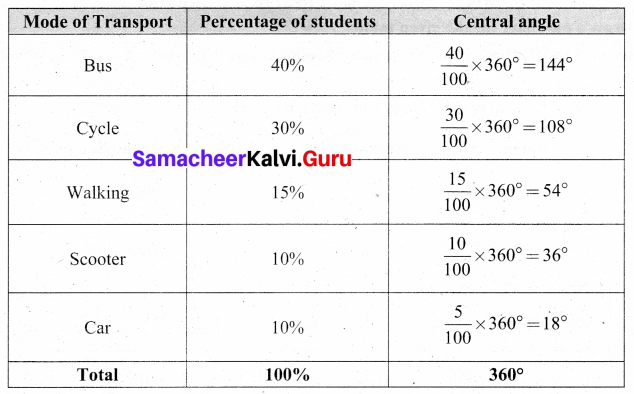
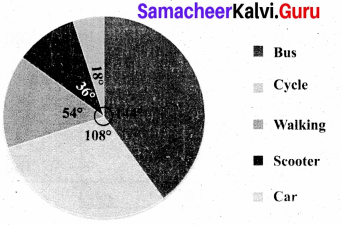

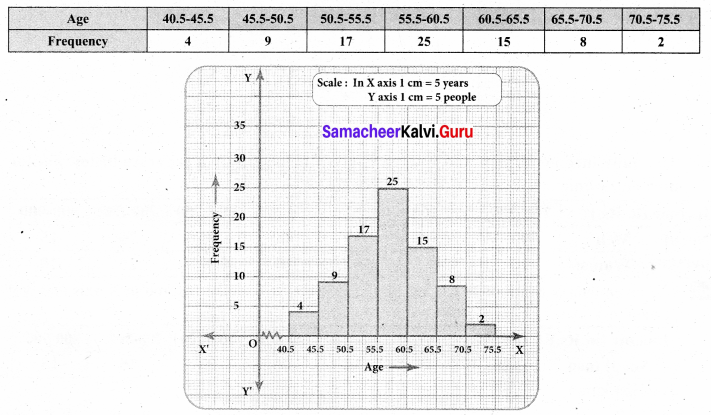

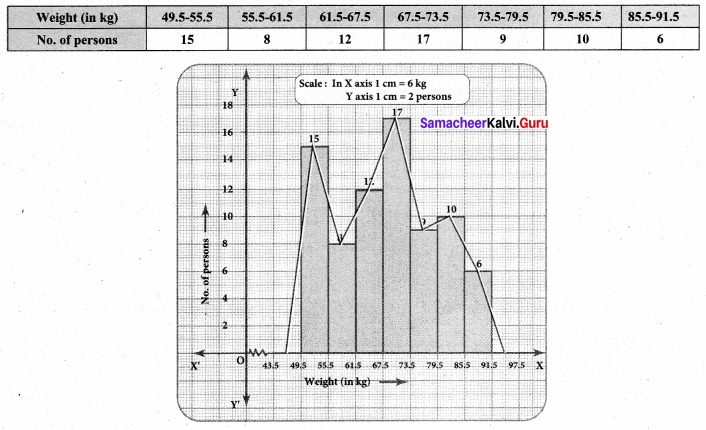

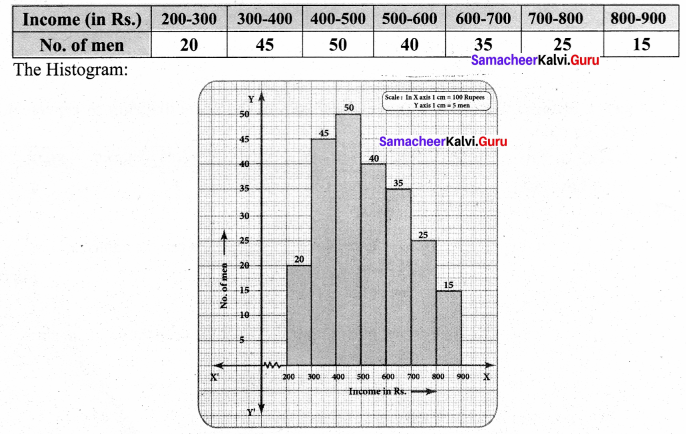
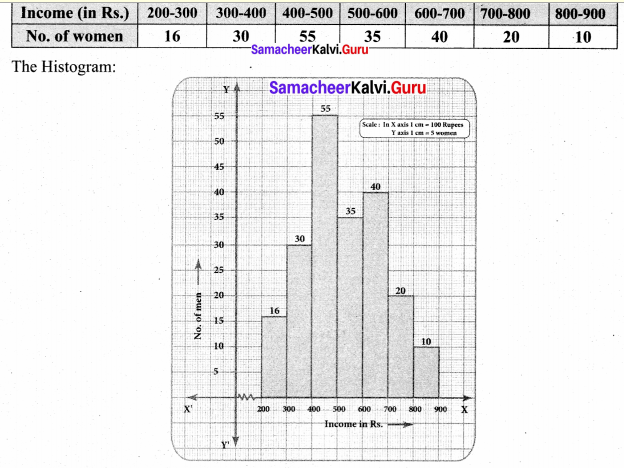
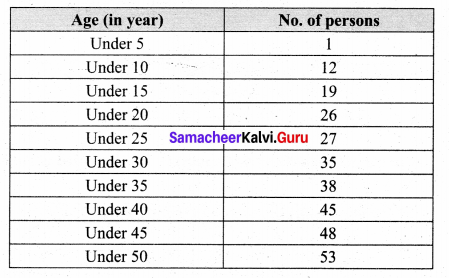
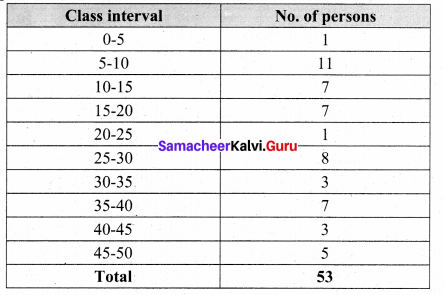
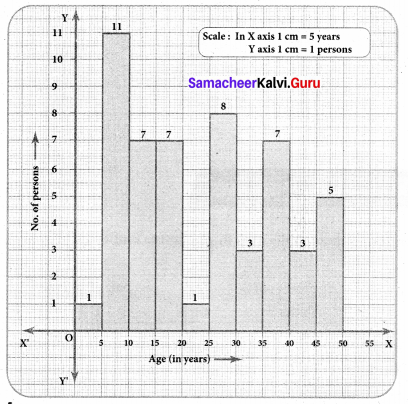
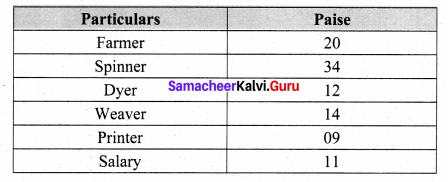
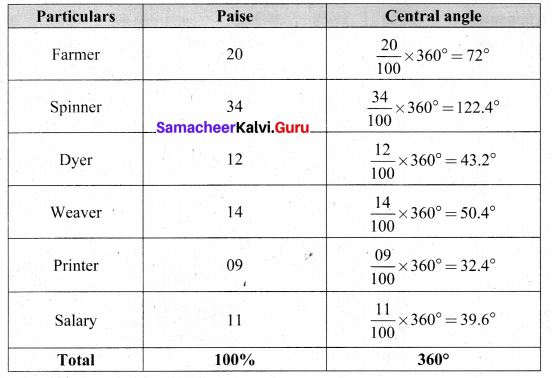
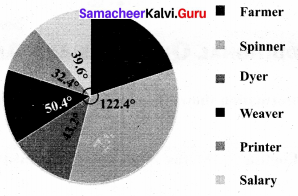

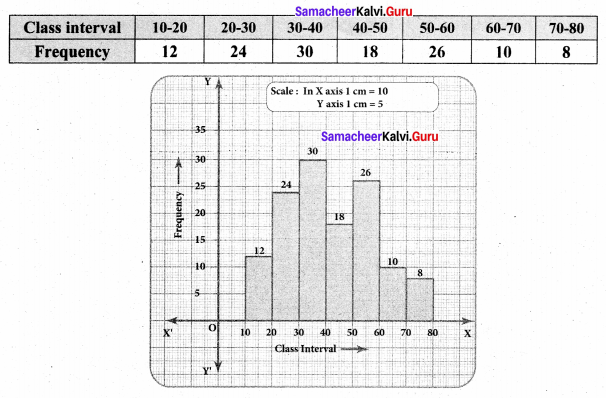
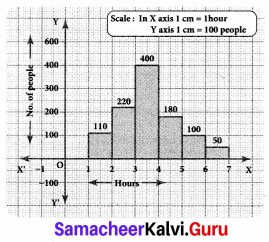

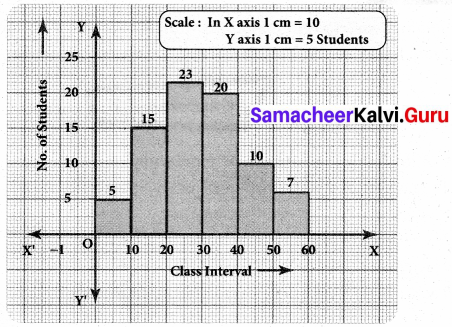

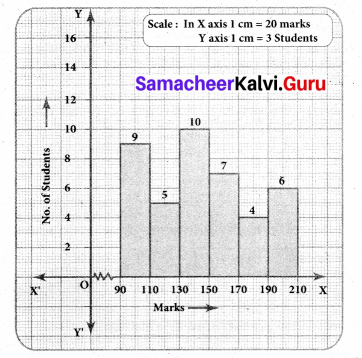


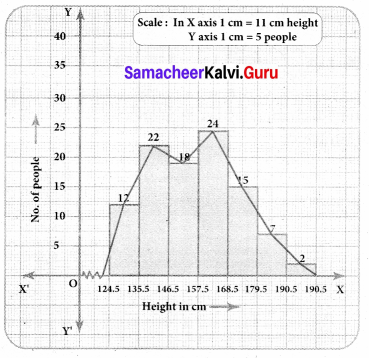 +
+
